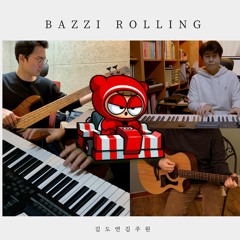

Skilfully though the libretto is compiled, Dona nobis pacem cannot be said to be a unified musical conception, but the sheer quality of the music has ensured that it has outlived the occasion for which it was written and, alas, the subject grows no less topical.Īgnus Dei (Lento): After two bars of orchestral chromatic chords, the soprano enters pianissimo with the Latin prayer from the Liturgy, her ‘Dona nobis pacem’, the work’s principal leitmotif, thrice repeated. The interpolation of the one into the other pre-echoes Britten’s scheme in his War Requiem of twenty-five years later. The words are selected from a variety of sources, principally from the scriptures and Whitman. During the rest of his life Vaughan Williams conducted this work quite often. The first performance was given in Huddersfield on 2 October 1936, with Renée Flynn and Roy Henderson as soloists, the Huddersfield Choral Society and the Hallé Orchestra conducted by Albert Coates. In an article in 1912 Vaughan Williams wrote: ‘We must cultivate a sense of musical citizenship … The composer must … live with his fellows and make his art an expression of the whole life of the community.’ In expressing the community’s prayer for peace in the light of the events in Germany in the 1930s, he was now practising what he had preached. This was composed for the centenary of the Huddersfield Choral Society in 1936, but it was also a piece of propaganda, a commentary on the state of Europe as it moved inexorably towards another major war. Perhaps because he felt it did not stand satisfyingly on its own, he put it away in a drawer, and it emerged twenty-five years later as the fourth movement of his large-scale cantata Dona nobis pacem. In 1911, following the successful launching of A Sea Symphony, he began another Whitman setting, Dirge for two veterans, from the American Civil War poem Drum-Taps. Vaughan Williams first set words by Whitman in 1904, two songs for soprano and baritone, The last invocation and The love-song of the birds. For British composers at the turn of the century, the poetry of Walt Whitman had a profound fascination and attracted, among others, Delius ( Sea-Drift), Vaughan Williams ( A Sea Symphony) and Holst ( Ode to Death).


 0 kommentar(er)
0 kommentar(er)
